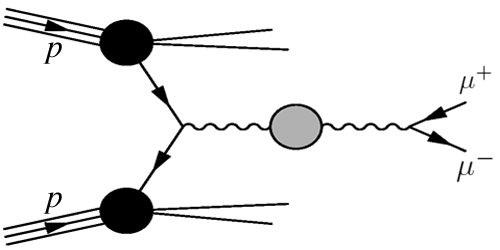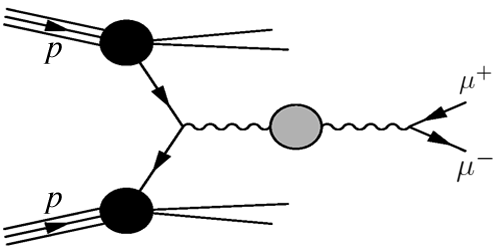LHC Sees No Dark Photons
Dark matter is aptly named. It emits no light and interacts with visible matter only via gravity. But dark matter might be only the tip of an invisible universe of unknown forces. This possibility has led to a hunt for “dark photons.” Such photons are analogous to ordinary photons, but they are exchanged among particles of dark matter, and according to some models, they may have mass. Evidence for dark photons would be a game changer, revealing that dark matter leads a secret life that is much more complex than assumed by most theories. The latest search for dark photons at the Large Hadron Collider, however, has come up empty. Nevertheless, the results narrow the range of possible values for the strength of the coupling between dark photons and electromagnetic fields.
Proton collisions are one possible avenue for creating dark photons that then decay, either promptly or after some time, into muons and antimuons. The team running the Large Hadron Collider beauty (LHCb) detector combed through proton-proton collision data collected in 2016 and found no evidence for an excess of muon-antimuon pairs that could indicate dark photons. However, the researchers were able to tighten constraints on the electromagnetic coupling for promptly decaying dark photons in the 10.6–70 mass range, provide the first constraints on long-lived photons in the 214–350 range, and match previous constraints for prompt photons with a mass less than 0.5 .
The results bode well for the upcoming analysis of experiments performed in 2017, which focused on finding decay products of dark photons in the lower mass range. The researchers anticipate that by 2021, the experiment will be more sensitive to dark-photon decays by a factor of at least several hundred.
This research is published in Physical Review Letters.
–Christopher Crockett
Christopher Crockett is a freelance writer based in Montgomery, Alabama.





